Sir Lawrence Alma-Tadema’s Victorian Paintings
Luxury Defined speaks to Daniel Robbins, senior curator at London’s Leighton House Museum, about the unique At Home in Antiquity exhibition
Luxury Defined speaks to Daniel Robbins, senior curator at London’s Leighton House Museum, about the unique At Home in Antiquity exhibition
Presented within London’s unique Leighton House Museum, Alma-Tadema: At Home in Antiquity explores the work and legacy of Victorian painter Sir Lawrence Alma-Tadema. On show from July 7 to October 29, 2017, and sponsored by Christie’s International Real Estate and its exclusive UK affiliate Strutt & Parker, the exhibit looks closely at Alma-Tadema’s fascination with the representation of domestic life, and how this interest was expressed in the two studio-houses he established in London with his wife, Laura, also a successful artist, and their two daughters.
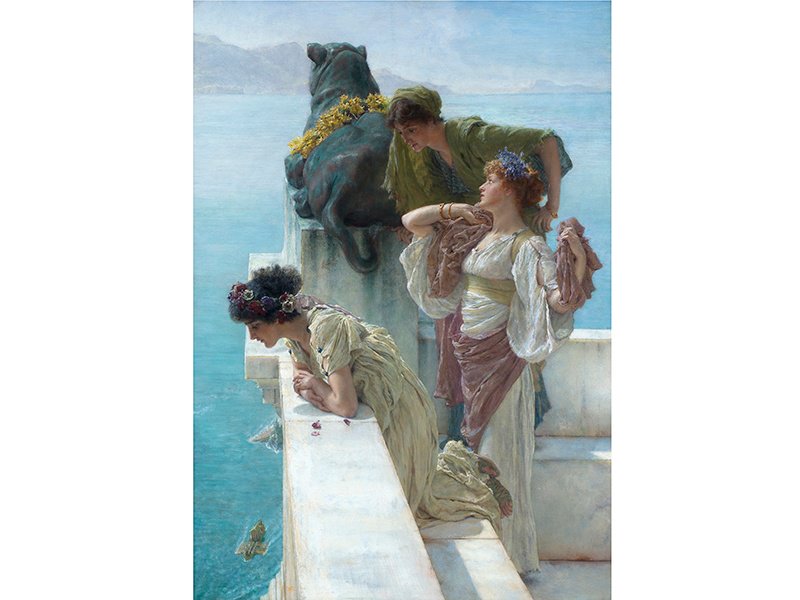
Daniel Robbins, senior curator, spoke to Luxury Defined about how the exhibition will help visitors understand and gain new appreciation for the work of the artist.
This is the first major Alma-Tadema exhibition in London for more than a century. How long has it taken to put together?
Leighton House Museum has been working on the exhibition intensively for the past six months, but the planning started around three years ago. The exhibition has traveled from the Fries Museum in Leeuwarden, the Netherlands—the town where Tadema grew up—to the Belvedere in Vienna and finally here, to Leighton House Museum. It’s been slightly different each time.
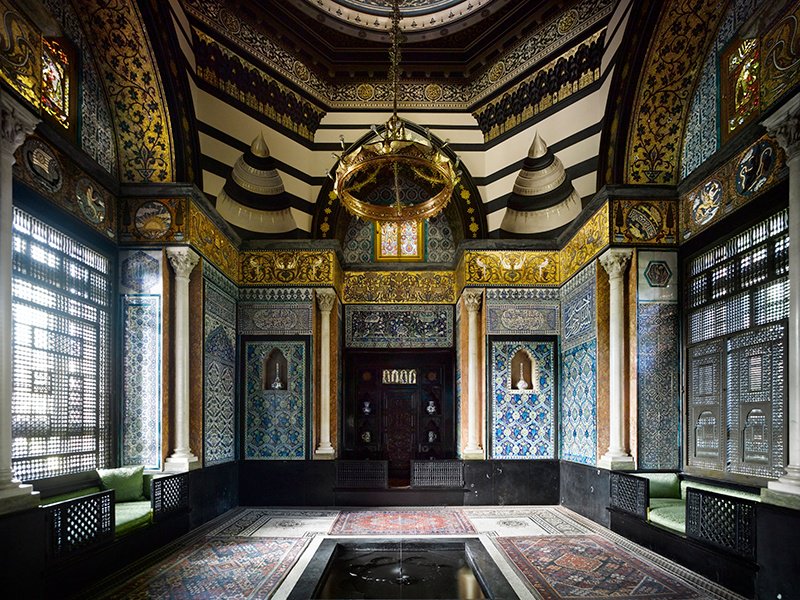
The public are familiar with his pictures that combine women in classical dress, perched on white marble, and with the blue Mediterranean as a background. This exhibition explores the career that led up to these images, and the extraordinary journey that Tadema took from a small village in Friesland in the north of the Netherlands to the center of the Victorian art world.
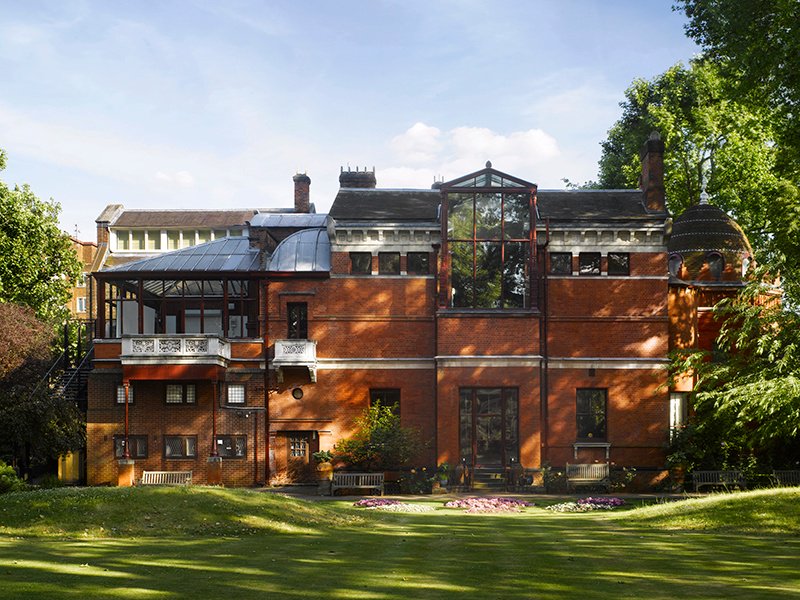
Visitors can expect a spectacular presentation of Tadema’s work within a unique setting, from his earliest works through to the masterpieces of his late career. Like all great exhibitions, the show reunites works that have not been seen together for many years, and includes some exceptional examples of his painting that have rarely—if ever—been exhibited before, allowing a fresh insight into one of the most popular artists of the period.
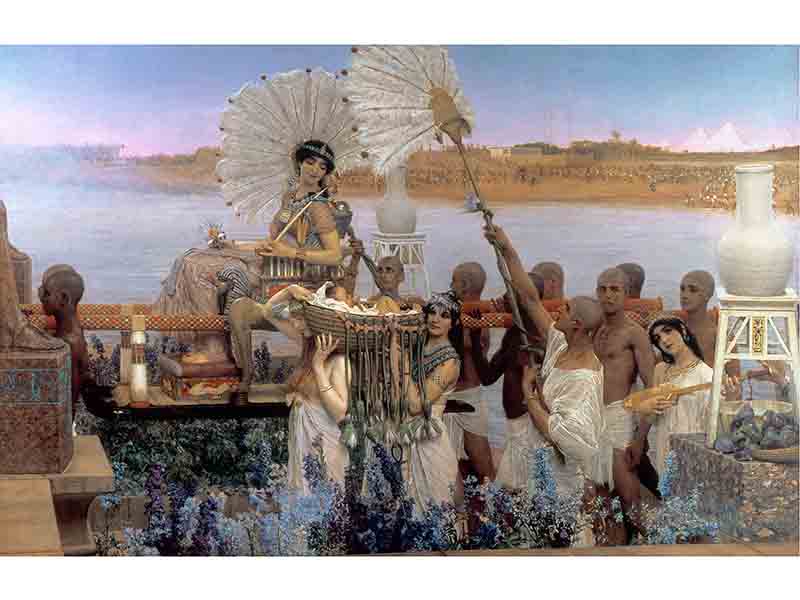
What is the prevailing theme or themes in this exhibition?
Two themes run throughout—the first concerns the two extraordinary studio-houses Tadema created in London and the impact they had on his work. Related to this is the story of his family life in London. His second wife, Laura, was also a talented artist who enjoyed considerable success. And his daughter Anna was a highly skilled watercolorist. There are examples of work by both of them in the exhibition.
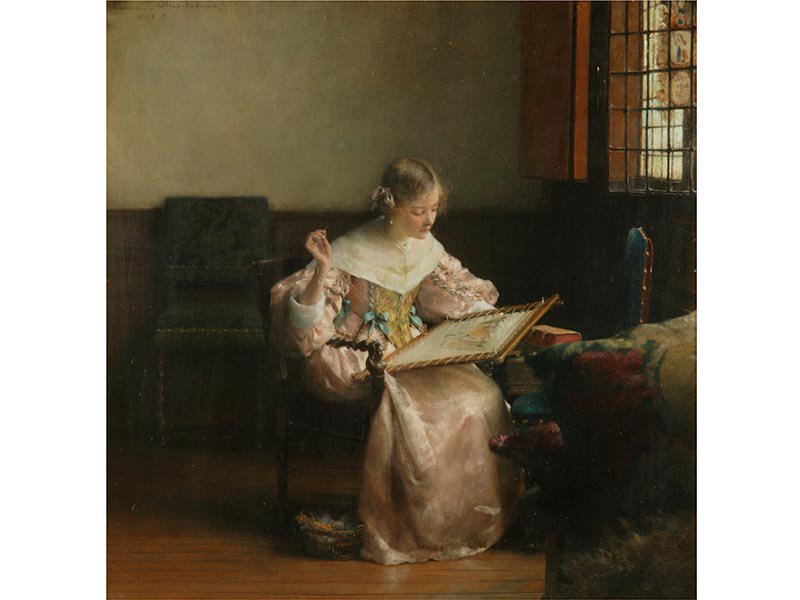
There is something very special about seeing the work of an artist displayed within the home that was created by a fellow artist of exactly the same period. Frederic Leighton—also an eminent artist—knew Alma-Tadema for over 25 years. They were close associates at London’s Royal Academy for much of that time. They were entertained in each other’s homes. So it adds something to know that the work is being seen in an environment that was known to the artist.
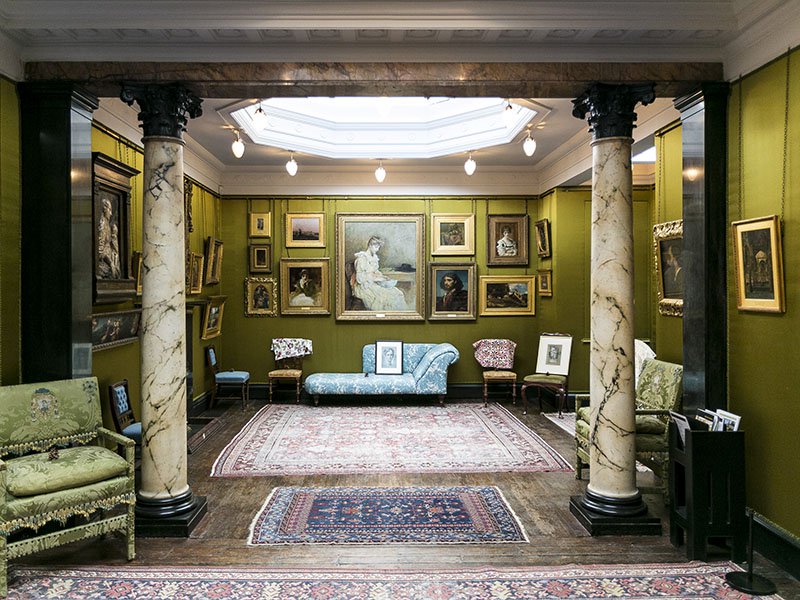
Leighton’s home features mosaic, marble, gilding, and rich colors—all things that are also to be found in Alma-Tadema’s paintings. So there is undoubtedly a correspondence between them, as they illustrate the influence and inspiration of classical art and architecture in this period.
Like all great exhibitions, the show reunites works that have not been seen together for many years
How is the exhibition arranged?
The exhibition is chronologically arranged and takes the visitor through the house as the story unfolds. Each room is a “chapter” that takes the visitor on to the next part of the story. The remarkable thing is that the decoration of each of the rooms happens to fit perfectly with this sequence.
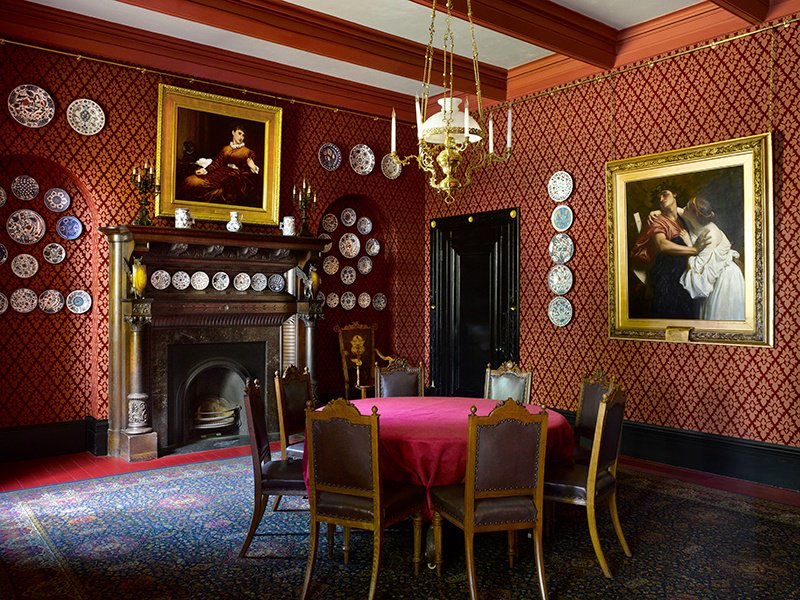
Leighton’s drawing room is decorated with brown wallpaper, which features gold motifs. This works perfectly with the tones of Tadema’s early work. The adjacent dining room is decorated in strong red, just as Tadema’s early “Pompeian” pictures are in a warm Pompeian red. The Silk Room, with its marble columns, chimes with the increased use of marble in the paintings, and so on…
There is something special about seeing the work of an artist displayed within the home that was created by a fellow artist
This is the largest exhibition you’ve staged at Leighton House. What were the challenges?
An exhibition containing more than 130 works presents real logistical challenges. Firstly, in order to accommodate the exhibition, almost the entire permanent collection at the house had to be de-installed and put into storage.
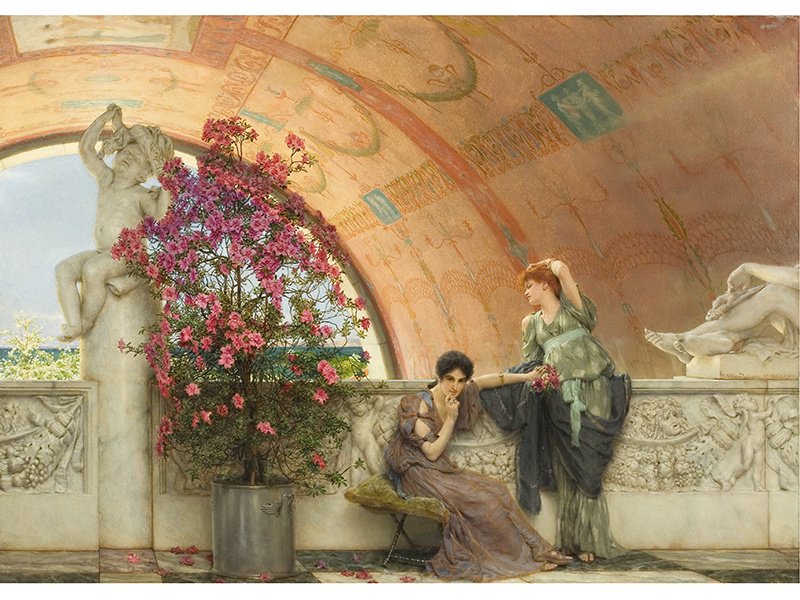
Tadema was undoubtedly a great technician, able to represent materials and surfaces in a compelling, almost magical way
Why do you think Tadema’s body of work resonates with modern art lovers?
It was easy to dismiss Tadema’s oeuvre, but there is so much to admire. He was undoubtedly a great technician, able to represent all kinds of materials and surfaces in a compelling, almost magical way.
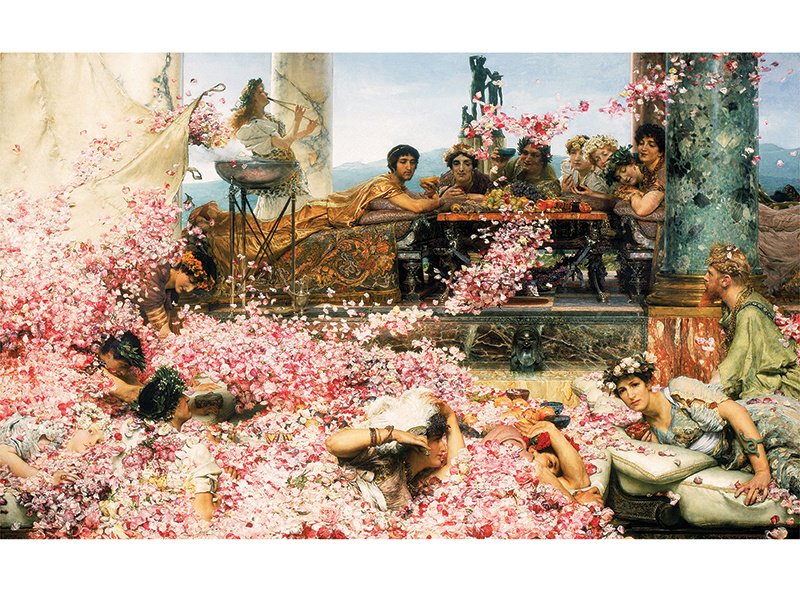
Which works in the show are your particular favorites?
This is not an easy choice. Inevitably there is something special about the return of Tadema’s In My Studio, which is the work he presented to Leighton and which hung in Leighton’s Silk Room. It is an intriguing picture in itself and seems to hover between Tadema’s contemporary world and antiquity.
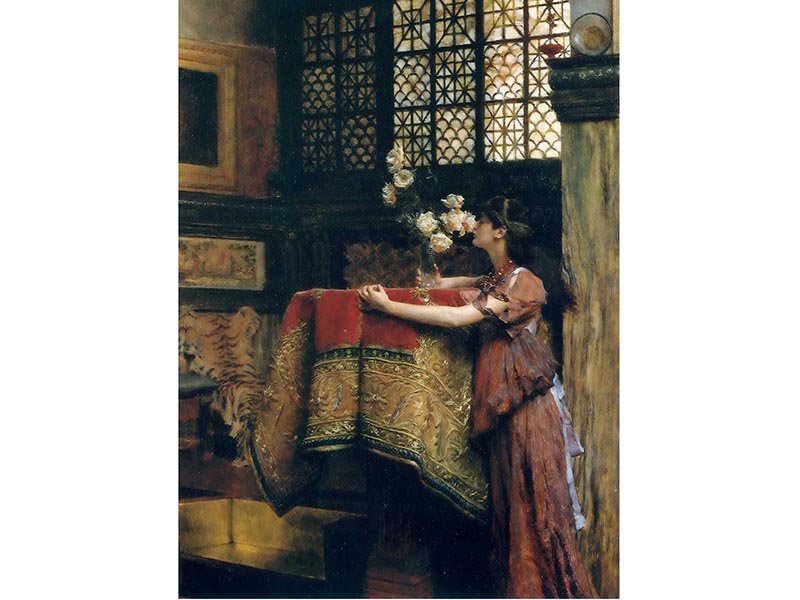
The title of the exhibition, At Home in Antiquity, deliberately suggests the blurring of Tadema’s two worlds through the homes he created and the work he produced within them. But as a gift between the two artists, the painting forms a connection between them and their remarkable studio-houses.